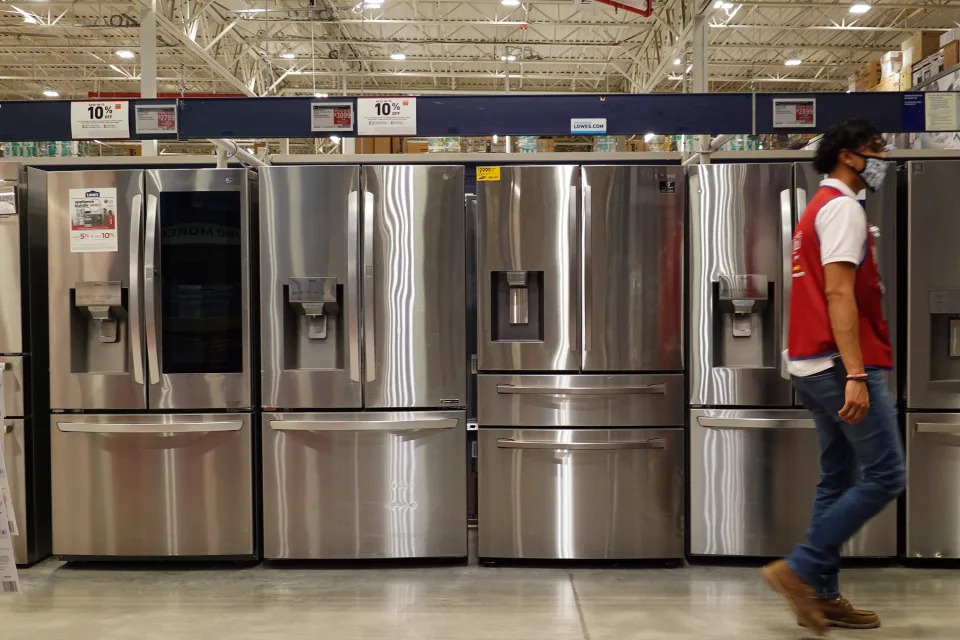Consumer prices rose in line with expectations in October, signaling further moderation of inflation . But economists expect that trend could reverse quickly if Donald Trump follows through with his promises to impose 10%-20% tariffs on all imports and a 60% tariff on Chinese goods.
The proposed tariffs are estimated to cost the average American household $2,600 per year, according to a calculation by the Peterson Institute for International Economics (PIIE). The Yale Budget Lab estimated the impact could be as high as $7,600 per household when factoring in the ripple effects of such actions, including retaliation from other countries.
"There's never an expectation that domestic goods stay cheap after tariffs," said Kimberly Clausing, a senior fellow at PIIE. "They always rise with the tariff price."
Clausing estimated that the combination of new tariffs Trump proposed could create consumer costs of at least 1.8% of GDP, not including additional costs from retaliatory tariffs and lost competitiveness.
The impact of those cost increases would be nearly five times greater than the additional tariffs imposed during the first Trump administration , Clausing said.
"The kind of tariffs Trump is talking about could easily be 50 basis points of inflation," Karen Karniol-Tambour, co-chief investment officer of Bridgewater Associates, said at Yahoo Finance’s Invest Conference . She added, "In the environment we were in in 2016, [it] was not a big deal, but [in] the environment we’re in today, it’s a bigger deal."
Read more: How do tariffs work, and who really pays them?

Price increases on jeans, apparel, and more
With imports accounting for more than 15% of US GDP, any “universal” tariff policy would have wide-ranging implications on everyday goods.
The National Retail Federation (NRF) estimates that the proposed import taxes would reduce American consumers’ spending power by $46 billion to $78 billion across six different product categories.
For example, an $80 pair of jeans would cost $10-$16 more, while the cost of a $100 coat could increase by up to $21.
According to the PIIE report, the cost burden is expected to be felt disproportionately by low-income Americans. Low-income households would be hit hard by apparel increases, in particular, because they spend three times as much of their income on those goods compared to high-income families, according to the NRF.
Toy prices could see some of the steepest increases, largely because of where these items are manufactured. US producers account for less than 1% of the toy market, and toy imports are subject to an average 0.1% tariff currently.
While Trump's proposals could provide a significant revenue lift to US manufacturers, any imports would be subject to tariff rates that are 56.5% to 97.4% higher, depending on the scenario. A $50 tricycle, for example, could cost up to $28 more.
"These are bigger tariffs than we got in 2016, so the impact will be much larger," Karniol-Tambour said. "It’s hard to put in real numbers because the biggest thing you don’t get is what the second or third consequences are going to be."

The impact extends to a wide range of home appliances, from refrigerators and dishwashers to hair dryers. If the proposed increases are passed down directly to retail prices, the average cost of a basic refrigerator would climb from $665 to up to $852, according to the NRF.
Clausing said the ripple effects are harder to calculate. As the US slaps tariffs on importers, domestic manufacturers may use that opportunity to raise their own prices, bringing the base level of a product higher, she said.
“The California [winemakers] can charge more too if the French wine is more expensive,” she said.





